How to Make a Process Document
Part 1 of 3:
Beginning a Process Document
-
 Identify the process. Almost anything can be broken up into a process and turned into a process document. Some examples include:
Identify the process. Almost anything can be broken up into a process and turned into a process document. Some examples include:- Making pasta
- Learning to drive
- Writing a letter
- Performing a drum roll
-
 Figure out what resources your readers will need. Think about all of the resources that your readers will need in order to complete the process you want to describe.[1] Understanding the resources involved will come in handy when deciding how to describe each of the steps. Some examples of necessary resources include:
Figure out what resources your readers will need. Think about all of the resources that your readers will need in order to complete the process you want to describe.[1] Understanding the resources involved will come in handy when deciding how to describe each of the steps. Some examples of necessary resources include:- Making pasta: water, pasta, salt, cooking pot, colander, heat, time
- Learning to drive: vehicle, teacher, time (both learning and practicing), knowledge of traffic laws
- Writing a letter: writing and spelling skills, paper, pen or pencil
- Performing a drum roll: drum set, drum sticks, some experience playing the drums, time
-
 Consider your audience. Before you move any further, you should take some time to think about who your audience is and what they already know about your subject. This knowledge can help you to determine what information you need to include and what information you might be able to leave out.[2]
Consider your audience. Before you move any further, you should take some time to think about who your audience is and what they already know about your subject. This knowledge can help you to determine what information you need to include and what information you might be able to leave out.[2]- For example, if you are writing a process document about how to cook pasta for a general audience who may or may not know how to cook, then you will probably want to define terms like 'al dente' and describe what is meant by a 'rolling boil.'
-
 Create a title. Every process document needs a clear title explaining what process you are detailing. To determine what you should call your process document, think about what you want your readers to learn how to do. For example, you might call your process document 'Make Pasta,' 'Learn to Drive,' or 'Write a Letter.'
Create a title. Every process document needs a clear title explaining what process you are detailing. To determine what you should call your process document, think about what you want your readers to learn how to do. For example, you might call your process document 'Make Pasta,' 'Learn to Drive,' or 'Write a Letter.'- Use the imperative form for your title and steps.[3] Your process document should start with a present tense verb, such as 'make,' 'cook,' 'learn,' or 'write.' You should continue to use this tense to describe the steps in your process.
-
 Use your introduction to attract your readers. The introduction of your process document will give you a chance to explain what the document will offer and attract your reader's attention as well. In your introduction, it is a good idea to create a sense of urgency so that your reader will want to read on. Try to create a problem for your readers and then offer to solve it.[4]
Use your introduction to attract your readers. The introduction of your process document will give you a chance to explain what the document will offer and attract your reader's attention as well. In your introduction, it is a good idea to create a sense of urgency so that your reader will want to read on. Try to create a problem for your readers and then offer to solve it.[4]- For example, when introducing a process document that explains how to make pasta, you might say something like, 'Cooking pasta may seem easy, but it is easy to overcook or undercook pasta. This is a problem because pasta that is too chewy or too soft can be unappetizing, no matter what kind of sauce you put on it. But if you make pasta the right way, then your pasta will be as impressive as your sauce.'
Part 2 of 3:
Describing Your Process
-
 Break down the process. Think about the things that need to happen as part of the process you are trying to describe. Write down as many parts of the process as you can to get started. This is a pre-writing strategy called "listing."[5] As you do so, try to break down the process into small, easy to understand steps. For example, if you want to explain how to make pasta, then you might write down:
Break down the process. Think about the things that need to happen as part of the process you are trying to describe. Write down as many parts of the process as you can to get started. This is a pre-writing strategy called "listing."[5] As you do so, try to break down the process into small, easy to understand steps. For example, if you want to explain how to make pasta, then you might write down:- Get out a pot and fill it with water.
- Put pot on stove and turn the heat on high.
- Get out pasta.
- Add pasta to water.
- Turn the heat down slightly.
- Cook for the time indicated on the package.
- Drain pasta into a colander in the sink.
-
 Place your steps in order. Once you have a basic list of steps that your readers will need to complete, look over them and make sure that they are in order. Consider whether it would make more sense to give one of your steps earlier or later in the sequence.
Place your steps in order. Once you have a basic list of steps that your readers will need to complete, look over them and make sure that they are in order. Consider whether it would make more sense to give one of your steps earlier or later in the sequence.- For example, if you are describing the process of making pasta, then you might think about whether it makes more sense to tell readers to get out the pasta before or after the water is heating up.
- If the process that you are describing is something that is quite complicated or that you can do without thinking about, then you may need to spend more time considering the logic of your steps. For example, if you are an experienced drummer trying to describe how to do a drum roll, then you might have to sit down at your drum set and do a few drum rolls.
- As you perform the steps in your process, think about what happens first, second, third, etc. Compare this sequence with your list of steps.
-
 Determine if you need to offer any additional information. Think about the process again and try to determine if there is any information missing from the process. Try to determine if there is anything that readers will need to do before they can complete one of your steps.
Determine if you need to offer any additional information. Think about the process again and try to determine if there is any information missing from the process. Try to determine if there is anything that readers will need to do before they can complete one of your steps.- For example, you might advise your readers to set a timer when adding the pasta to the water. Or, you might advise readers to check a piece of pasta before draining the whole pot.
- Try reading off your steps to a friend to see if there is anything you missed. Do not elaborate on anything you have written, just read off your steps to a friend and ask for suggestions.
-
 Expand on your steps. After you have devised a solid sequence for your steps, you will need to expand on each of your steps. Each step in your process document should include useful information to help your readers understand how to complete each of the steps. Try to be as detailed as possible.
Expand on your steps. After you have devised a solid sequence for your steps, you will need to expand on each of your steps. Each step in your process document should include useful information to help your readers understand how to complete each of the steps. Try to be as detailed as possible.- For example, when you advise readers to get out a pot and fill it with water, you will need to say what type of pot readers should use and how much water readers should add to the pot. You might tell readers to use a large stockpot to cook the pasta and to fill it with 12 cups of water.
-
 Provide examples. Examples can help your readers get a clearer idea of how to do something that might be difficult to understand. Try to use examples that will be easy for your readers to relate to and explain how the example relates to the process you are describing.[6]
Provide examples. Examples can help your readers get a clearer idea of how to do something that might be difficult to understand. Try to use examples that will be easy for your readers to relate to and explain how the example relates to the process you are describing.[6]- For example, if you are trying to explain to readers how tightly to hold a drumstick to do a drumroll, then you might use the example of holding a pencil to describe how much pressure is required. Readers will be able to relate to holding a pen or pencil and use that knowledge to help them hold a drumstick the right way.
-
 Offer troubleshooting advice. Think about the common mistakes that people make when trying to complete this process and make sure that you address these common mistakes in your document.[7] You might find a way to work this information into one of your steps or you might provide this information at the end of your document.
Offer troubleshooting advice. Think about the common mistakes that people make when trying to complete this process and make sure that you address these common mistakes in your document.[7] You might find a way to work this information into one of your steps or you might provide this information at the end of your document.- For example, perhaps the reason why many people end up overcooking their pasta is because they forget to set a timer. Or perhaps many people struggle with drum rolls because they are holding their drumsticks too tight.
Part 3 of 3:
Finishing the Document
-
 Include transitions where needed. Transitions are words that help to improve the flow of your writing. Transitions can help you clarify when readers are supposed to do things in your process. For example, you might advise your readers to set the timer right BEFORE you add the pasta to the boiling water. Or, you might advise your readers to put on oven mitts AND THEN pour the pasta into the colander in the sink. Some other good transition words to use in a process document include:[8]
Include transitions where needed. Transitions are words that help to improve the flow of your writing. Transitions can help you clarify when readers are supposed to do things in your process. For example, you might advise your readers to set the timer right BEFORE you add the pasta to the boiling water. Or, you might advise your readers to put on oven mitts AND THEN pour the pasta into the colander in the sink. Some other good transition words to use in a process document include:[8]- next
- after
- first
- last
- also
-
 Simplify your language. When describing a process for a large audience, it is important to make sure that the words you use are simple enough for most people to understand. Using lots of jargon (technical language) can make it hard for readers to understand the instructions. Take a minute to read through your instructions and look for ways to simplify the language.
Simplify your language. When describing a process for a large audience, it is important to make sure that the words you use are simple enough for most people to understand. Using lots of jargon (technical language) can make it hard for readers to understand the instructions. Take a minute to read through your instructions and look for ways to simplify the language.- If you need to use a special word to describe your process, make sure that you define it for your readers.[9] For example, if describing how to make pasta, you would need to explain what 'al dente' means.
-
 Test the process. It is important to make sure that the process you have described can be carried out successfully by following your instructions. Try to complete the process you have described by following each step in the order you have placed them and by using only the information you have included.
Test the process. It is important to make sure that the process you have described can be carried out successfully by following your instructions. Try to complete the process you have described by following each step in the order you have placed them and by using only the information you have included.- As you test your process, try to identify any information that is missing or anything that might be unclear to your readers.
- Ask someone else to test your process as well. Having someone else test your process can ensure even more accuracy in your process document. Ask a friend or family member to use your steps to complete the process you have described.
-
 Format your document. Depending on how you plan to use your process document, you may need to format it. For example, if your process document is meant to be formatted as an MLA style essay for a class assignment, then you will need to review your instructor's guidelines and make sure that your document meets them. If you are using your document for a website, then you will need to format your document to meet your needs.
Format your document. Depending on how you plan to use your process document, you may need to format it. For example, if your process document is meant to be formatted as an MLA style essay for a class assignment, then you will need to review your instructor's guidelines and make sure that your document meets them. If you are using your document for a website, then you will need to format your document to meet your needs.- Process documents may describe a different step in each paragraph or each step might begin with a number or bullet point.
4 ★ | 1 Vote
You should read it
- If people fall into a black hole, what horrors will await them?
- Error correction 'The document is locked for editing by another user' when opening a Word document
- How to Turn a Scanned Document Into Microsoft Word Document
- What is the API Document and why is it important?
- Instructions on how to create automatic table of contents in word 2007
- How to translate a PDF document
- How to encrypt documents with LibreOffice with a password
- How to Print in Windows 8
May be interested
- How to secure data with Document Lock
 document lock application on windows will enhance data security on your computer, through data or folder encryption mechanism.
document lock application on windows will enhance data security on your computer, through data or folder encryption mechanism. - How is the CPU produced?
 we use computers every day and an indispensable part is the cpu, but have you ever wondered how the cpu was created? this article will introduce you to the intel process of making a cpu for your computer.
we use computers every day and an indispensable part is the cpu, but have you ever wondered how the cpu was created? this article will introduce you to the intel process of making a cpu for your computer. - How to Make Two Columns in Word
 this wikihow teaches you how to split your text into two separate columns in microsoft word, using a computer. open the microsoft word document you want to edit. find the word document you want to edit on your computer, and double-click on...
this wikihow teaches you how to split your text into two separate columns in microsoft word, using a computer. open the microsoft word document you want to edit. find the word document you want to edit on your computer, and double-click on... - Conquer Word 2007 (last term)
 when creating a multiple-choice document, make sure you design the check boxes for the user to tick. there are two types of markup in the document: one is used for printing (for the user to mark the paper), the second form is for the user to mark directly in the file content.
when creating a multiple-choice document, make sure you design the check boxes for the user to tick. there are two types of markup in the document: one is used for printing (for the user to mark the paper), the second form is for the user to mark directly in the file content. - How to Make a Booklet in Word
 this wikihow teaches you how to set up a microsoft word document so it prints like a booklet. the easiest way to do this is to format a document using the 'book fold' layout, but you can also select and modify a pre-existing template. open...
this wikihow teaches you how to set up a microsoft word document so it prints like a booklet. the easiest way to do this is to format a document using the 'book fold' layout, but you can also select and modify a pre-existing template. open... - How to copy a page of a document in Word
 the process of copying a page of a document in word is basically very simple. but if the document has many pages, how can i quickly find the page i want to copy?
the process of copying a page of a document in word is basically very simple. but if the document has many pages, how can i quickly find the page i want to copy? - How to Convert Html to Word
 this wikihow teaches you how to convert an html file into a word document. you will need to use microsoft word to perform this process; luckily, word will automatically convert an html document into its web page format when you open the...
this wikihow teaches you how to convert an html file into a word document. you will need to use microsoft word to perform this process; luckily, word will automatically convert an html document into its web page format when you open the... - How to Convert a WordPerfect Document to a Microsoft Word Document
 this tipsmake teaches you how to convert a wordperfect document (*.wpd) to the microsoft word (*.docx) format. go to https://document.online-convert.com/convert-to-docx in a web browser. this is a free tool called online convert, which you...
this tipsmake teaches you how to convert a wordperfect document (*.wpd) to the microsoft word (*.docx) format. go to https://document.online-convert.com/convert-to-docx in a web browser. this is a free tool called online convert, which you... - How to find the Process ID of the application on Windows 10
 there are at least 4 methods to check process id (pid) for any active process in windows 10, using task manager, resource monitor, command prompt and powershell.
there are at least 4 methods to check process id (pid) for any active process in windows 10, using task manager, resource monitor, command prompt and powershell. - How to create document signature on iPhone
 with apple's built-in tools and apps, you can sign documents on your iphone quickly, whether they're pdfs, legal contracts, school forms, or more.
with apple's built-in tools and apps, you can sign documents on your iphone quickly, whether they're pdfs, legal contracts, school forms, or more.
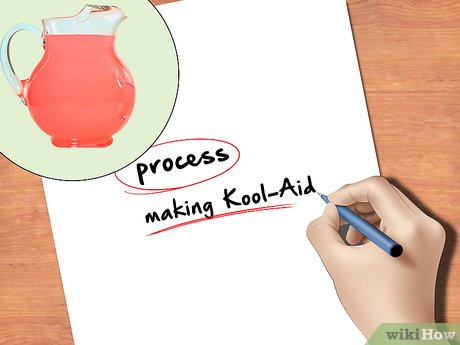
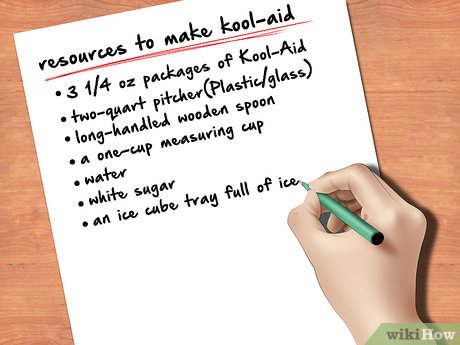


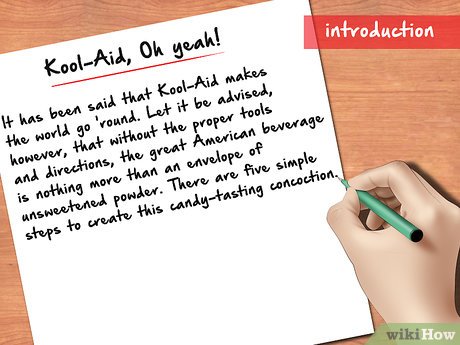
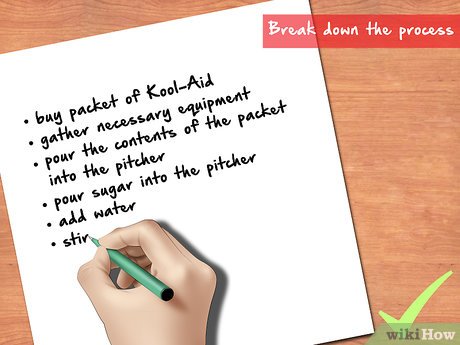
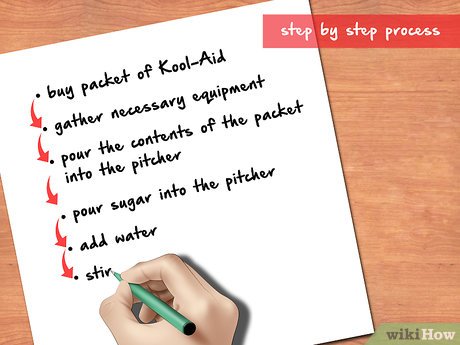
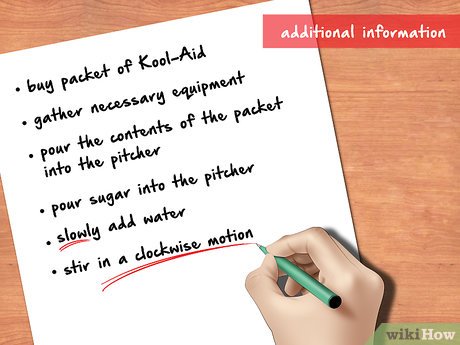
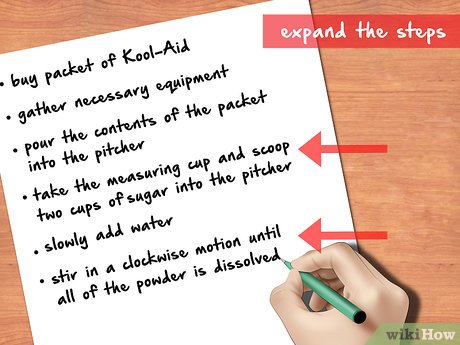
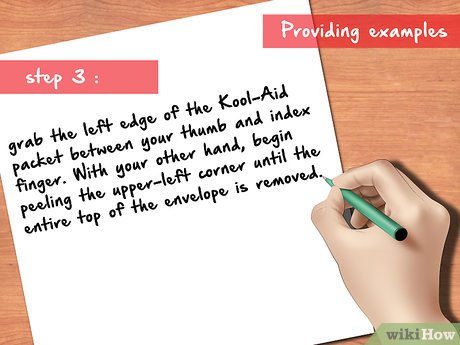

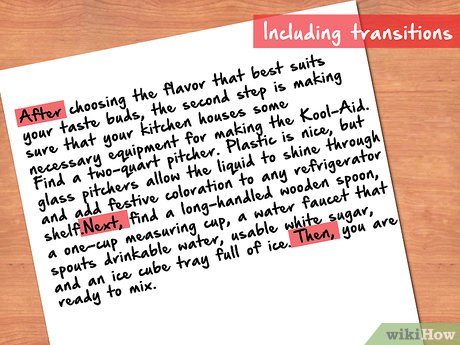
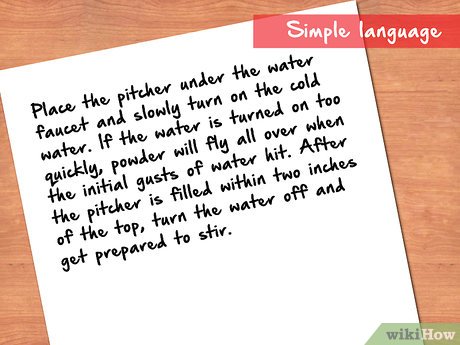

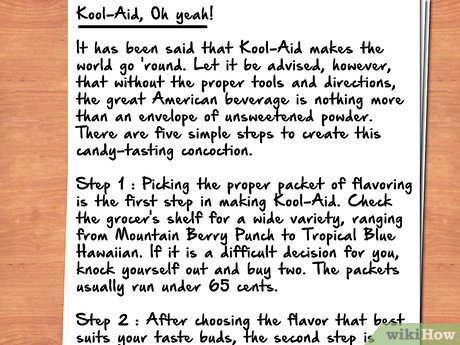










 How to Color Text
How to Color Text How to Do a Hanging Indent
How to Do a Hanging Indent How to Open a Pages File on PC or Mac
How to Open a Pages File on PC or Mac How to Use Notepad++
How to Use Notepad++ How to Add a Check Mark to a Word Document
How to Add a Check Mark to a Word Document How to Create Audio Notes in Evernote
How to Create Audio Notes in Evernote